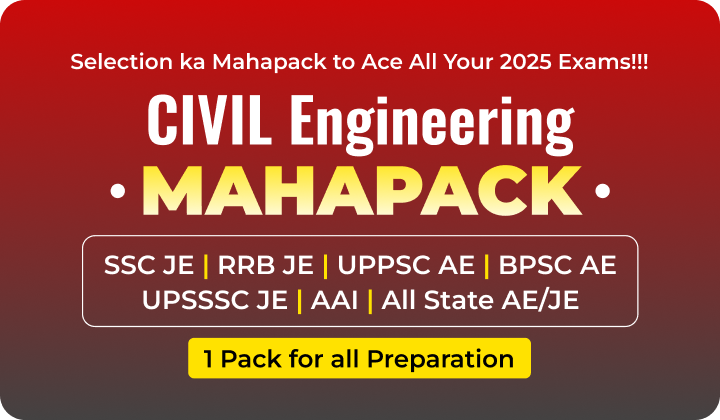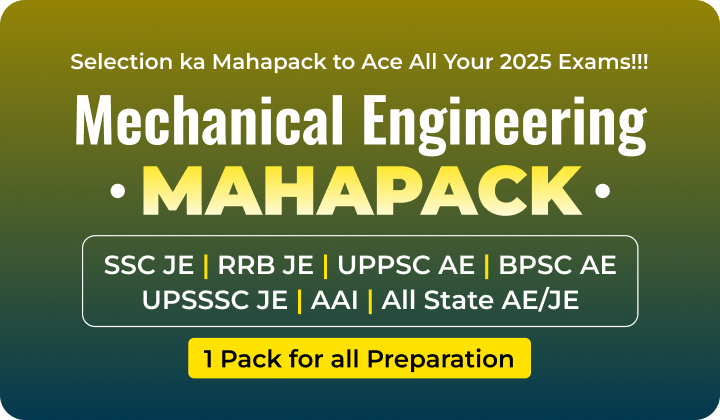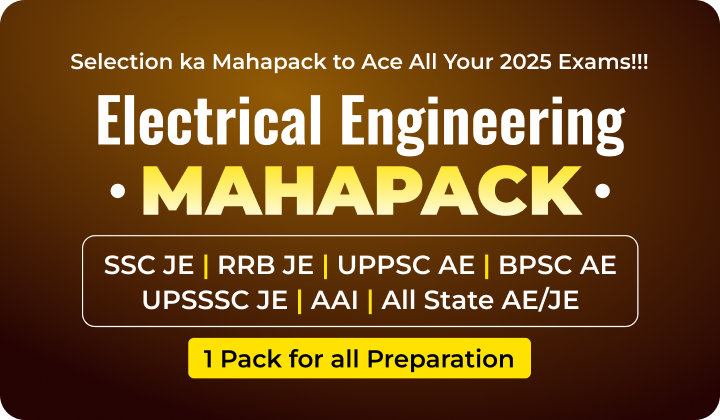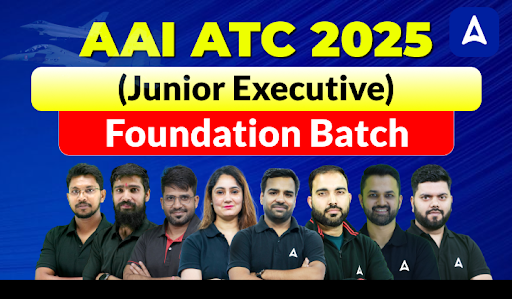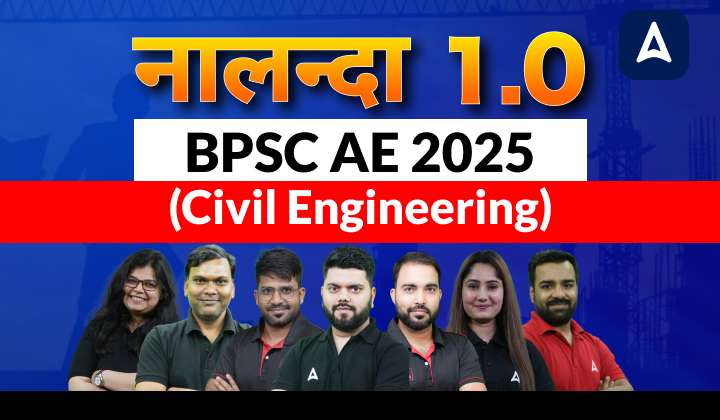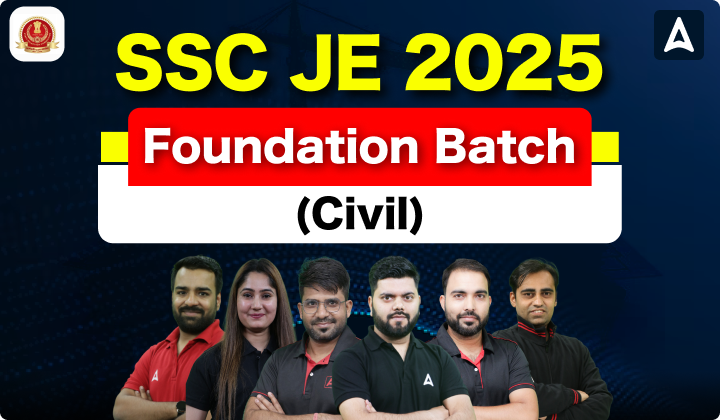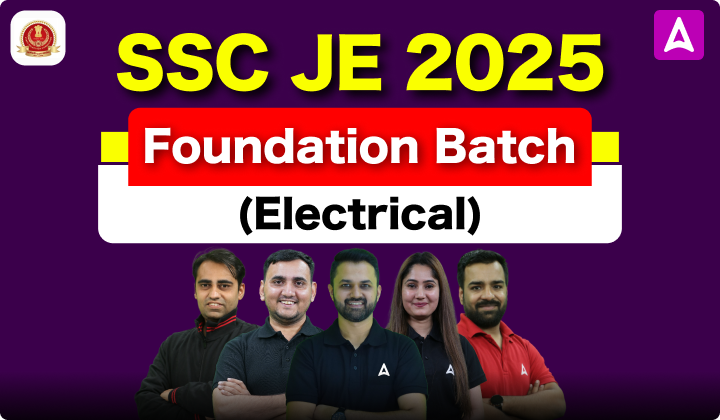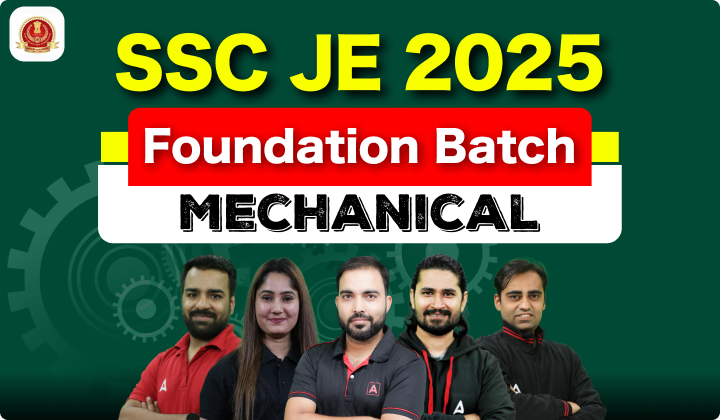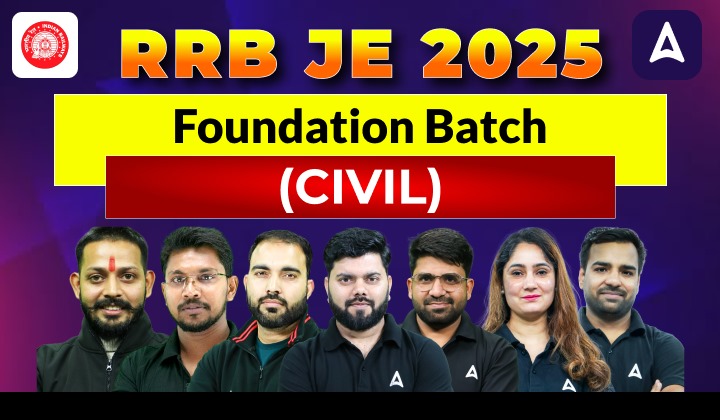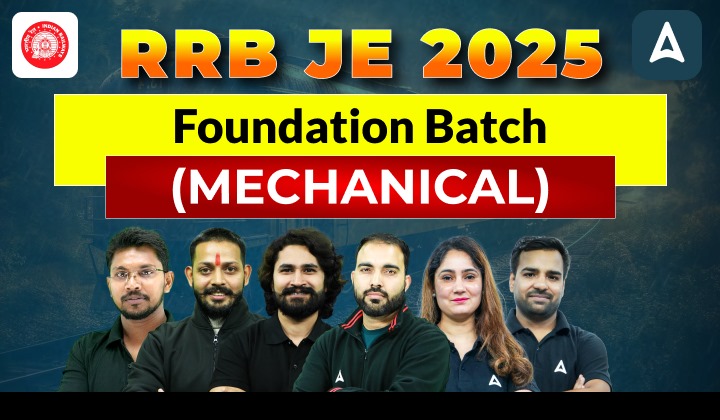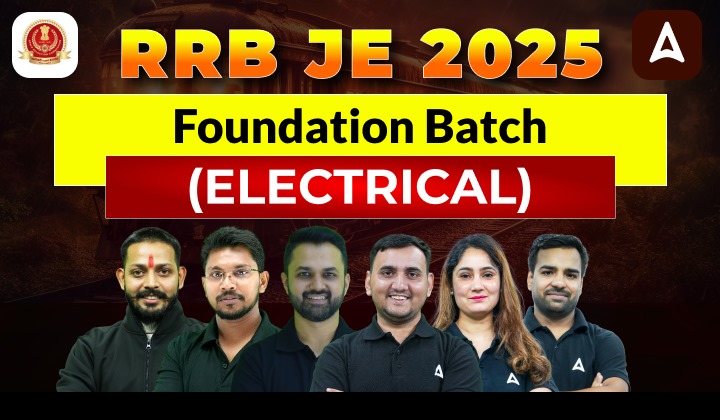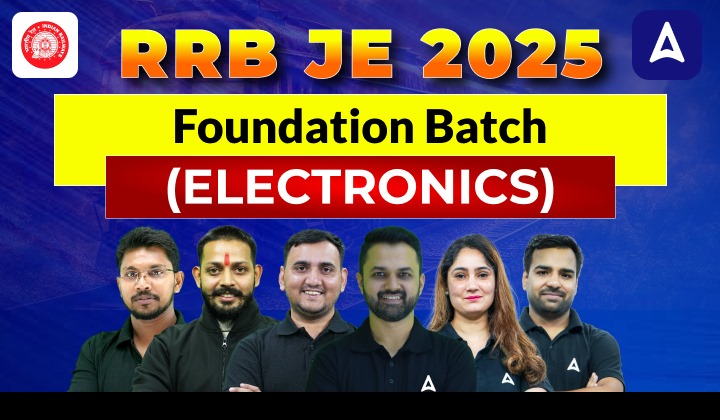Table of Contents
IISC Technical Assistant Syllabus 2022
Indian Institute of Science is recruiting 100 technical assistant posts through IISC Technical Assistant Recruitment 2022. The last date to apply for IISC Technical Assistant Recruitment 2022 is 28th February 2022. The important information regarding the syllabus of IISC Technical Assistant Recruitment 2022 is given in this article.
Read the full article to get the idea about IISC Technical Assistant Syllabus 2022. Stay tuned for further engineering job updates.
Check our IISC Test Series here,
IISC Technical Assistant Recruitment 2022 – Overview
| Name of Organization | Indian Institute of Science |
| Name of post | Technical Assistant |
| Official website | @iisc.ac.in |
| Online Application ends | 28th February 2022 |
IISC Recruitment 2022 Selection Procedure
The final selection of the candidates for 100 technical assistant posts would beBased solely on the job-oriented aptitude test (100% weightage).
The Written Aptitude Test will be a computer based MCQ test. The scheme of examination and syllabus is at Annexure I. The candidates are required to update two choices under paper B in the online application. Once selected, the choices can’t be changed under any circumstances.
IISC Technical Assistant Syllabus 2022 PDF
The candidates can check IISC Technical Assistant exam pattern 2022 through the direct link given below. IISC has made the syllabus and exam pattern available on the official website for the candidates. The candidates shall check the exam pattern and also shall give the tests provided by us. The test series provided by us are according to the exact exam pattern provided by IISC.
Click to download IISC Technical Assistant Syllabus 2022 (PDF)
IISC Technical Assistant Exam Pattern 2022
The exam pattern for Paper 1 of IISC Technical Assistant Recruitment 2022 is given below,
| Subject Name | No. of Marks |
| Logical Reasoning | 20 |
| Numerical Reasoning | 20 |
| Verbal Reasoning & Knowledge in Computer Applicants | 20 |
| General Awareness | 20 |
| Total | 80 |
The exam pattern for Paper 2 of IISC Technical Assistant Recruitment 2022 is given below,
| Subject Name | No. of Marks |
| Maths (Compulsory) | 40 |
| Optional Subject | |
| Physics | 40 |
| Chemistry | 40 |
| Biology | 40 |
| Engineering | 40 |
| Basic Computation | 40 |
| Total | 100 |
IISC Technical Assistant Syllabus 2022 Detailed
Logical Reasoning
It would include questions of both verbal and non-verbal type. This component may include questions on analogies, similarities and differences, space visualisation, spatial orientation, problem solving, analysis, judgement, decision making, visual memory, discrimination, observation, relationship concepts, arithmetical reasoning and figural classification, arithmetic number series, non-verbal series, coding and decoding, statement conclusion, syllogistic reasoning etc. The topics are Semantic Analogy,Symbolic/Number Analogy, Figural Analogy, Semantic Series, Number Series, Figural Series, Problem Solving, Word Building, Coding & de-coding, Numerical Operations, Symbolic Operations, Trends, Space
Orientation, Space Visualisation, Venn Diagrams, Drawing inferences, Punched hole/pattern – folding & un-folding, Figural Pattern-folding and completion, Indexing, Address matching, Date & City matching,Classification of centre codes/roll numbers, Small & Capital letters/numbers coding, decoding and classification, Embedded Figures, Critical thinking, Emotional Intelligence, Social Intelligence & Other sub-topics, if any
Numerical Reasoning
The questions will be designed to test the ability of appropriate use of numbers and number sense of the candidate. The scope of the test will be percentage, Ratio & Proportion, Square roots, Averages, Interest, Profit & Loss, Discount, Partnership Business, Mixture and Allegation, Time and distance, Time & work, Basic algebraic identities of School Algebra, Elementary surds, Graphs of Linear Equations, Triangle and its chords, tangents, angles subtended by chords of a circle, common tangents to two or more circles, Triangle, Quadrilaterals, Regular Polygons, Circle, Right Prism, Right Circular Cone, Right
Circular Cylinder, Square, Hemispheres, Rectangular Parallelepiped, Regular Right Pyramid with triangular or square base, Trigonometric ratio, Degree and Radian Measures, Standard Identities, Complementary angles, Heights and Distances, Histogram, Frequency Polygon, Bar diagram, Pie chart and any other question of Matriculation level.
Verbal Reasoning
Questions in this component will be designed to test the candidate’s understanding and knowledge of English language and will be based on spot the error, fill ln the blanks, synonyms, antonyms, spelling/detecting mis-spelt words, idioms & phrases, one word substitution, Improvement of sentences, active/passive voice of verbs, conversion Into direct/indirect narration, shuffling of sentence parts, shuffling of sentences in a passage, comprehension passage and any other English language questions at the level of Matriculation/Higher Secondary.
Knowledge in Computer Applications
The questions on basic computer knowledge will be from Characteristics of Computers, Computer Organisation including RAM, ROM, File System, Input Devices, Computer Software-Relationship between Hardware and Software, Operating System, MS-Office (exposure of Word, Excel/spread sheet, Power point), Information Technology and Society-Indian IT Act, Digital Signatures, Application of information technology in Government for E-Governance, Information Kiosks
General awareness
Questions in this component will be aimed at testing the candidate’s general awareness of the
environment around him and its application to society. Questions will also be designed to test
knowledge of current event and of such matters of every day observations and experience in their scientific aspect as may be expected of any educated person. The test will also include questions relating to India and its neighbouring Countries especially pertaining History, Culture, Geography, Economic Scene, General Policy, Indian Constitution & Scientific Research and Others
Part B
Maths
– Linear Algebra: Matrix algebra, Systems of linear equations, Eigen values and Eigen vectors
– Calculus: Functions of a single variable – Graphs; Limits, continuity and differentiability; Mean value theorems – local maxima and minima; Taylor and Maclaurin series; Evaluation of definite and indefinite integrals, application of definite integral to obtain area and volume
– Numerical Methods: Accuracy and precision; error analysis; Numerical solutions of linear and nonlinear algebraic equations; Least square approximation, Newton’s and Lagrange polynomials, Integration by trapezoidal and Simpson’s rule
– Probability and Statistics: Definitions of probability and sampling theorems; Conditional
probability; Discrete Random variables; Descriptive statistics – Mean, median, mode and standard deviation
Physics
– Quantum Theory: Photoelectric effect, The Compton effect; matter waves, group and phase
velocities; Uncertainty principle and its application; time independent and time dependent
Schrödinger wave equation; Eigenvalues and Eigenfunctions, Born’s interpretation and
normalization of wave function, orthogonal wave functions; applications of Schrödinger wave
equation for particle in one dimensional infinite potential well
– Electromagnetism: Gradient of a scalar, divergence and curl of a vector; electric potential due to arbitrary continuous charge distribution, multipole expansion; dielectrics: polarization, Gauss law in dielectrics, electric displacement, susceptibility & permittivity; continuity equation, derivation of integral and differential forms of Maxwell equations and their physical significance; EM waves in free space
– Theory of Relativity: Galilean transformations, Einstein’s postulates and Lorentz transformation equations, Consequences of Special Theory of relativity: length contraction, Time dilation, and simultaneity of events, addition of velocity, variation of mass with velocity, mass-energy relation,energy-momentum relation
– Optics and optoelectronic devices: Basic of Interference, Diffraction and Polarization, Lasers and characteristics, Einstein’s coefficient, Optical fibres; photovoltaic cell, Solar cell, Photodiode, LEDs
– Mechanical Properties: The elastic properties, model of elastic behaviour, plastic deformation
tensile stress-strain curve
– Thermal Physics: Wiedemann-Franz law, Thermal equilibrium, Entropy, The laws of
thermodynamics, the thermal conductivity of bulk materials, Phonons: lattice vibration heat
transfer, the specific heat of solids, classical, Einstein and Debye Model, Ideal quantum gases:
Maxwell-Boltzmann, Bose-Einstein, Fermi-Dirac statistics, Carnot efficiency
Chemistry
Inorganic Chemistry
– Periodicity of Elements and Chemical Bonding: Effective nuclear charge, atomic radii (van der Waals), ionic and crystal radii, covalent radii, ionization enthalpy, electron gain enthalpy and electronegativity of s, p, d, f block elements, ionic bond, covalent bond, metallic bond, weak chemical forces
– Oxidation-Reduction: Redox equations, standard electrode potential, and its application to
inorganic reactions
– Acids and Bases: Brönsted-Lowry concept of acid-base reactions, Lewis acid-base concept and Hard and Soft Acids and Bases (HSAB) Application of HSAB principle
– Chemistry of Elements: s and p Block Elements, transition elements, lanthanoids and actinoids, occurrence and uses of noble gases, coordination Chemistry
– Bioinorganic Chemistry: Metal ions present in biological systems and their action, excess and
deficiency of some trace metals, toxicity of metal ions (Hg, Pb, Cd and As), reasons for toxicity, use of chelating agents in medicine, iron and its application in bio-systems
Organic Chemistry
– Basics of Organic Chemistry: Hybridization, shapes of molecules, inductive, electromeric, resonance and mesomeric effects, hyperconjugation and their applications; dipole moment; organic acids and bases; electrophiles and nucleophiles; nucleophlicity and basicity
– Chemistry of Aliphatic and Aromatic Hydrocarbons: Alkanes, alkenes, alkynes and cycloalkane,aromaticity
– Chemistry of Halogenated Hydrocarbons: Synthesis and reactivity of alkyl, allyl/benzyl, vinyl and aryl halides
– Alcohols, Phenols, Ethers and Epoxides, Carbonyl Compounds, Carboxylic Acids, and their
Derivatives: Preparation, properties, and reactivity
– Heterocyclic Compounds: Synthesis, reactions and mechanism of furan, pyrrole, thiophene,
pyridine, pyrimidine, indole, quinoline and isoquinoline, derivatives of furan.
– Bio-organic Chemistry: Basic understanding of the structures, properties and functions of
carbohydrates, lipids, and proteins
– Application of spectroscopy to simple organic molecules
Physical Chemistry
– Gaseous, Liquid and Solid states: Behaviour of real gases, physical properties of liquids; vapour pressure, surface tension and coefficient of viscosity, and their determination, nature of the solid state, Glasses and liquid crystals
– Chemical Thermodynamics and Equilibrium: Concept of heat, q, work, w, internal energy, U,
entropy and free energy functions, Gibbs free energy of reaction and equilibrium constants and
their quantitative dependence on temperature, pressure and concentration
– Solutions and Colligative Properties: Dilute solutions, applications of colligative properties in
calculating molar masses of normal, dissociated and associated solutes in solution
– Ionic and Phase Equilibria: Strong, moderate, and weak electrolytes, solubility and solubility
product of sparingly soluble salts, concept of phases, components and degrees of freedom, Phase diagrams for systems of solid-liquid equilibria involving eutectic, congruent and incongruent melting points, solid solutions, Nernst distribution law
– Chemical Kinetics: Order and molecularity of a reaction, Arrhenius equation; activation energy. collision theory of reaction rates, qualitative treatment of the theory of absolute reaction rates.
– Surface chemistry: Physical adsorption, chemisorption, adsorption isotherms. nature of adsorbed state
– Electrochemistry: Reversible and irreversible cells, concept of EMF of a cell, Nernst equation and its importance, types of electrodes, standard electrode potential, electrochemical series.
– Molecular Spectroscopy: Principles and applications of Rotation spectroscopy, Vibrational
spectroscopy, Raman spectroscopy, electronic spectroscopy, Nuclear Magnetic Resonance (NMR) spectroscopy and Electron Spin Resonance (ESR) spectroscopy
– Photochemistry: Lambert-Beer’s law and its limitations, physical significance of absorption
coefficients, laws, of photochemistry, quantum yield
– Polymers: Functionality and its importance, nature and structure of polymers, determination of molecular weight of polymers, properties of polymers
Analytical Chemistry:
– Basic principles of quantitative analysis: Acid-Base Titrations, Oxidation-Reduction Titration,
Iodometric Titration, Surface tension and Viscosity measurements, Melting and Boiling points,
Chromatography techniques, Conductance, Potentiometry, UV/Visible spectroscopy, Colourimetry, Thermal methods of analysis, Electroanalytical methods, Separation techniques, Industrial Gases and Inorganic Chemicals, Chemical explosives
Biology
– Diversity of living world: Taxonomic aids, keys, specimen management, Systematic and binomial system of nomenclature; Classification of living organisms (five kingdom classification, major groups and principles of classification within each group), Herbaria and museums
– Structural organisation in plants and animals: Basics of Morphology, Anatomy and histology of angiosperms, Animals: different vertebrate and invertebrate model systems, Morphology, Anatomy and histology of annelids, insects, amphibians. Principles of microscopy and microscopic methods for tissue, cell and chromosome analysis; optical, fluorescence and el.
– Structural and functional organization of cell: Cell cycle, detailed study of Cell division (mitosis, meiosis), Cell death, Structure and function (metabolism) and methods to estimate carbohydrates, proteins, lipids and nucleic acids, Protein estimation methods, instruments used for the same
– Enzymology: Classification and nomenclature of enzymes; Spectrophotometric assays
– Plant physiology: Photosynthesis – Basic principles of light absorption, excitation energy transfer, electron transports, cycles (C2 , C3, C4, CAM), measurement of photosynthetic parameters, Plant growth regulators, Physiological effects and mechanism of action of plant growth hormones
– Human biology: Morphology, Anatomy, Histology, Physiology, Control and Disorders of Digestion, Respiration, Body fluids and Circulation, Excretion, Skeleton system & muscle, Nervous, Physiology of high altitude
– Genetics: Principles of Inheritance and Variation – Mendelian genetics, Inheritance of one gene, two genes, Recombination frequency, chromosomal theory of inheritance, Models systems for genetic studies, methods for mutation generation, Chemical nature of DNA and RNA, Biological functions of nucleic acids, Detection methods for DNA, RNA and protein, Restriction enzymes, nucleotide sequence determination
– Evolutionary biology: Gene frequency, Hardy Weinberg equilibrium, Genetic drift, founder effect, adaptive radiations, ecological significance of molecular variations, Basic bio-statistics
– Principles of Biotechnology: Genetic engineering tools and technique, technique of separation and isolation of DNA, Plasmids and their isolation, cloning vectors, electrophoresis (power supply units methods of separation, and choice of gel systems for separation of DNA, protein and RNA of varying molecular weights, Bio reactors, Tissue engineering, Cryopreservation, Detection and applications of monoclonal antibodies, Methods for generation of transgenic for experimental studies.
Molecular diagnosis: PCR, ELISA, Bioethics, biosafety for disposal of laboratory materials (microbes, animal and plant tissues), biopiracy
– Ecology: Organism and its environment, major physical factors and the physiological responses shown by organisms, Physical adaptation of plants and animals, rules governing adaptations, Ecosystem structure and functions, ecosystem productivity and standing crop, decomposition in nature, Nutrient cycle, ecosystem services, Biodiversity types and its patterns, importance of diversity, its loss and their causes, conservation strategies; Environmental issues: Types of pollution, their indicators, causes, effects, prevention and treatment, Deforestation, recommended forestation, reforestation, case studies of people’s participation in conservation
Engineering
– Basic Mechanical Engineering: Laws of thermodynamics and their applications, Heat Transfer by Conduction, Convection & Radiation, Basics of Internal Combustion Engine, Manufacturing Processes like Casting, Machining, forging Plastic deformation and metal forming, Gas & Arc Welding
– Basic Electrical Engineering: Basic laws of Electricity, Various uses & effects of Electricity, Fuse & relays etc., Principle of Generation of Electricity, Transformers, Basics of DC and AC (both single phase & three phase) machine
– Basic Electronics Engineering: Basics of Rectifiers, amplifiers, Modulators and demodulators, Basic Digital Electronics, Solid State Physics, Diodes, Transistors
Basic Civil Engineering: Basic Engineering materials like Cement, Timber, Iron & steel, Concrete; Concepts of stress & strain, Elasticity, Young’s Modulus, Simple bending & shear, friction, Equilibrium of forces; Fluid Properties like Pressure, viscosity, Surface tension; Properties of soils & types of foundations; RCC and Steel Structures; Classification of surveys & Survey instrument; Construction, Planning and Management techniques.
– Instrumentation & Measurement: Dimension Measuring instruments, Temperature & Pressure, Measurement, Electrical Measuring instruments like Ammeter, Voltmeter etc.
– Environment Engineering and Pollution Control: Basics of Environment, Adverse effect of
Environmental pollution and control strategies, Air, Water & Noise Pollution – their effect & control, Global warming, Acid rain Ozone depletion
– Basics of Computers and applications: Organisation and building blocks of Computers, input & output devices, Basic Operating systems, Concept of High level, assembly level and low-level
programming languages, Binary arithmetic: fixed point and floating point, Binary Internet
fundamentals, Computer viruses
– Engineering Drawing/Graphics: Orthographic projections, Iines and planes, Machine components drawing diagrammatic representations, scales, Engineering Curves, Isometric Projections
Basic Computation
– Computer organisation: Basics of CPU, Memory organisation, Input-Output Devices, Binary
arithmetic: fixed-point and floating-point arithmetic, Essentials of Operating Systems
– Algorithms: Simple algorithms such as binary search, bubble sort, insertion sort, selection sort,merge sort, shortest path, Recurrence relations to determine complexity of algorithms, Principle of mathematical induction, Binary trees and their traversal, Directed graphs and undirected graphs, Iteration and recursion; Elementary programming in C
– Networking fundamentals: Seven layers of OSI, Internet
IISC Technical Assistant Syllabus 2022 FAQs
Q1. Where can I check the exam pattern for IISC Technical Assistant Recruitment 2022?
Ans. You can check the exam pattern for IISC Technical Assistant Recruitment 2022 in this article.
Q2. Where can I check the syllabus for IISC Technical Assistant Recruitment 2022?
Ans. You can check the syllabus for IISC Technical Assistant Recruitment 2022 in this article.
Q3. How many vacancies are announced under IISC Recruitment 2022?
Ans. 100 vacancies are announced under IISC Recruitment 2022.
Q4. Which posts are announced under IISC Recruitment 2022?
Ans. Technical Assistant posts are announced under IISC Recruitment 2022.
Q5. Which is the last date to apply for IISC Recruitment 2022?
Ans. The last date to apply for IISC Recruitment 2022 is 28th February 2022.
Now keep yourself updated with Latest Engineering Government Jobs 24×7 Download ADDA247 App Now! CLICK HERE

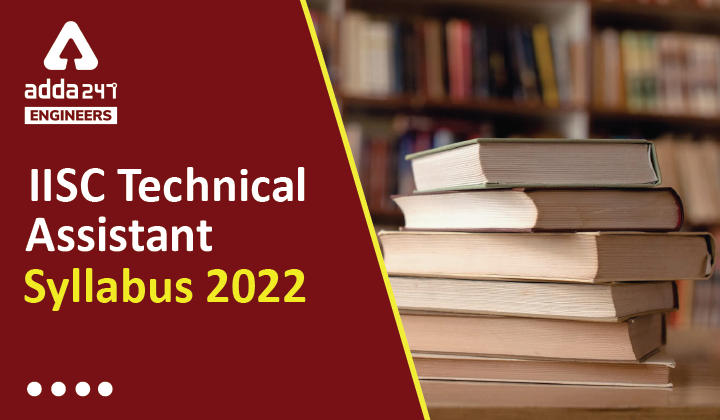
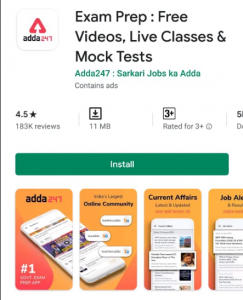

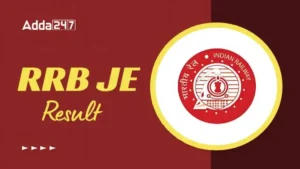 RRB JE CBT 2 Result 2025 Out, Direct Lin...
RRB JE CBT 2 Result 2025 Out, Direct Lin...
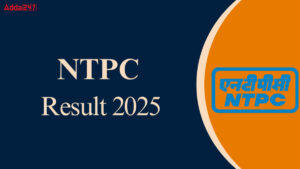 NTPC EET Result 2025 Out, Direct Link To...
NTPC EET Result 2025 Out, Direct Link To...
 RRB JE CBT 2 Cut Off 2025 Out, Check Reg...
RRB JE CBT 2 Cut Off 2025 Out, Check Reg...

